A Report on Managing Service Delivery for Marketing Agencies
VerifiedAdded on 2023/04/22
|7
|914
|105
Report
AI Summary
This report provides a comprehensive overview of managing service delivery within the context of marketing services. It begins by highlighting the importance of service quality and the factors influencing customer switching behavior, such as pricing, service failures, and ethical issues. The core of the report focuses on the service quality model, identifying five key gaps that can lead to unsuccessful service delivery: the knowledge gap, the standards gap, the delivery gap, the communications gap, and the perceptions gap. Each gap is thoroughly examined, detailing how discrepancies between management perceptions, service standards, service delivery, external communications, and customer expectations can negatively impact service quality. The report uses examples and references to illustrate these gaps and offers strategies for their management, ultimately emphasizing the determinants of reliability, assurance, responsiveness, empathy, and tangibles to improve service delivery procedures. The report concludes by reiterating the significance of addressing these gaps to ensure customer satisfaction and successful marketing service delivery.
1 out of 7
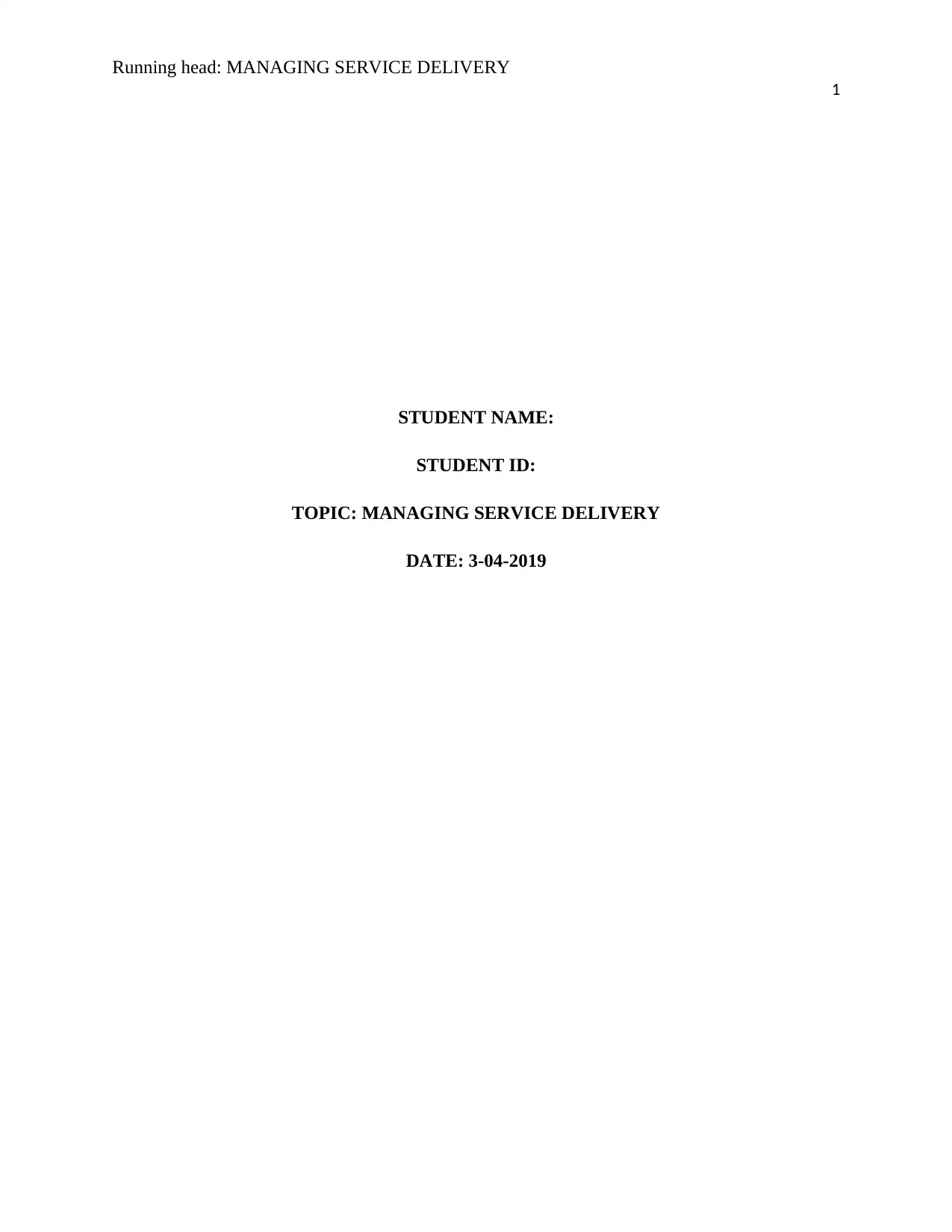
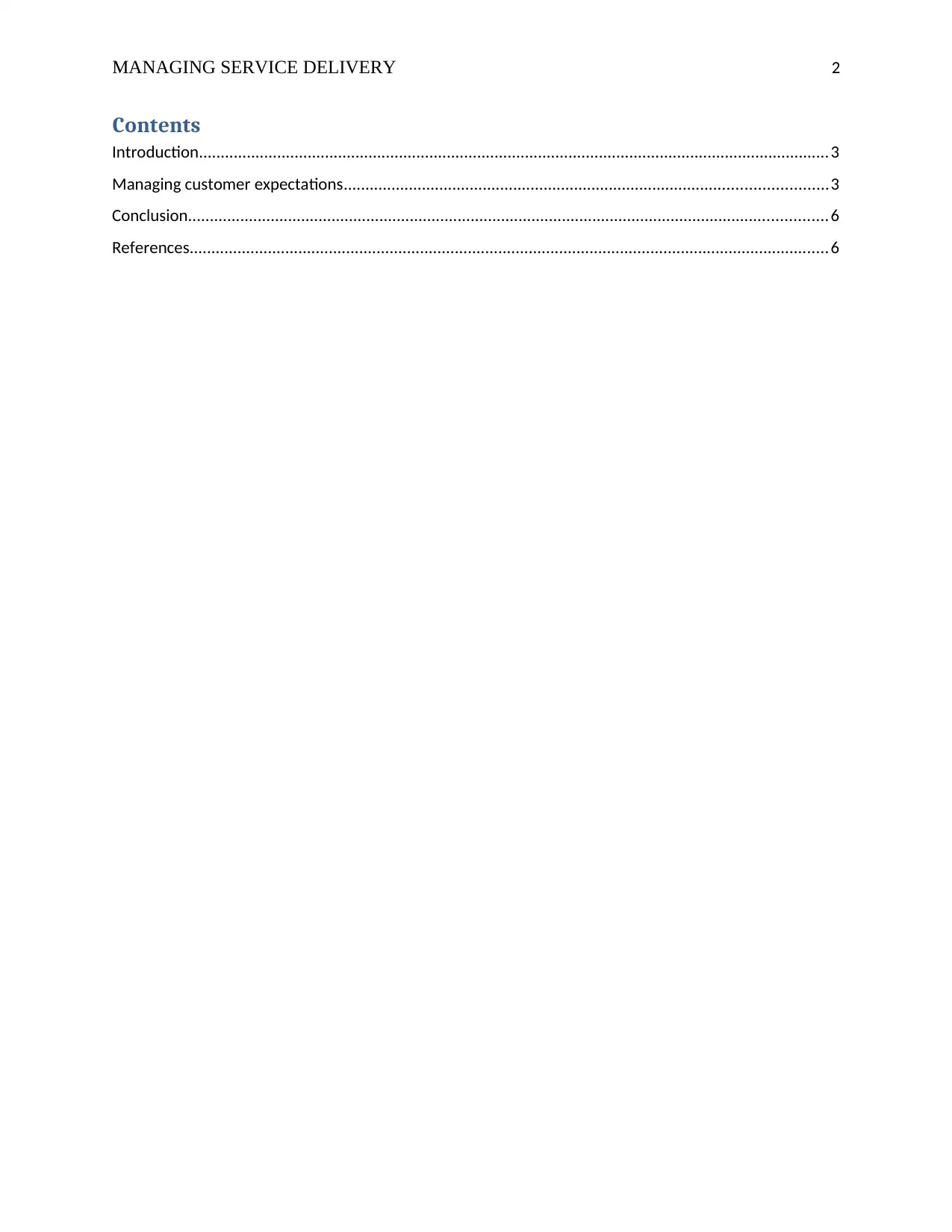
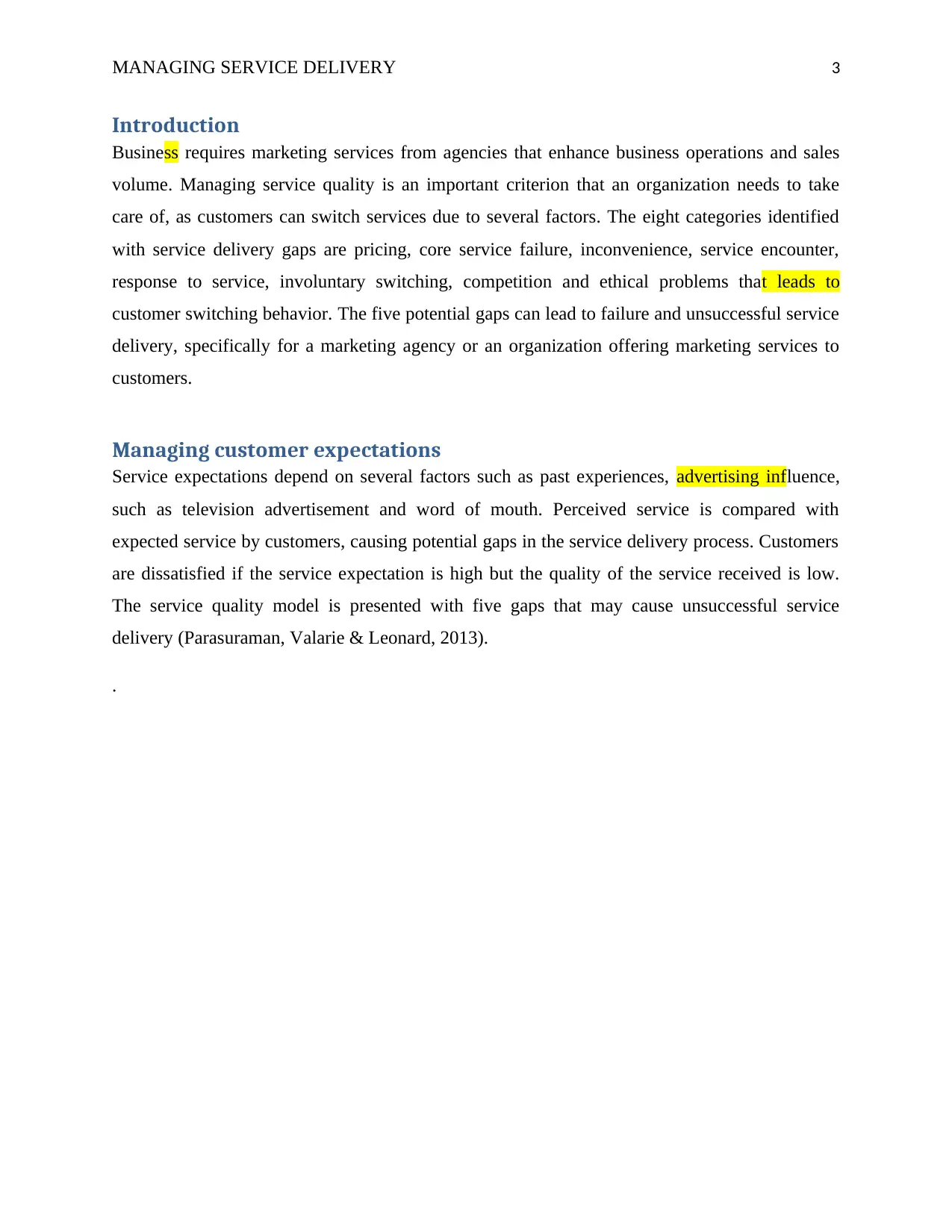

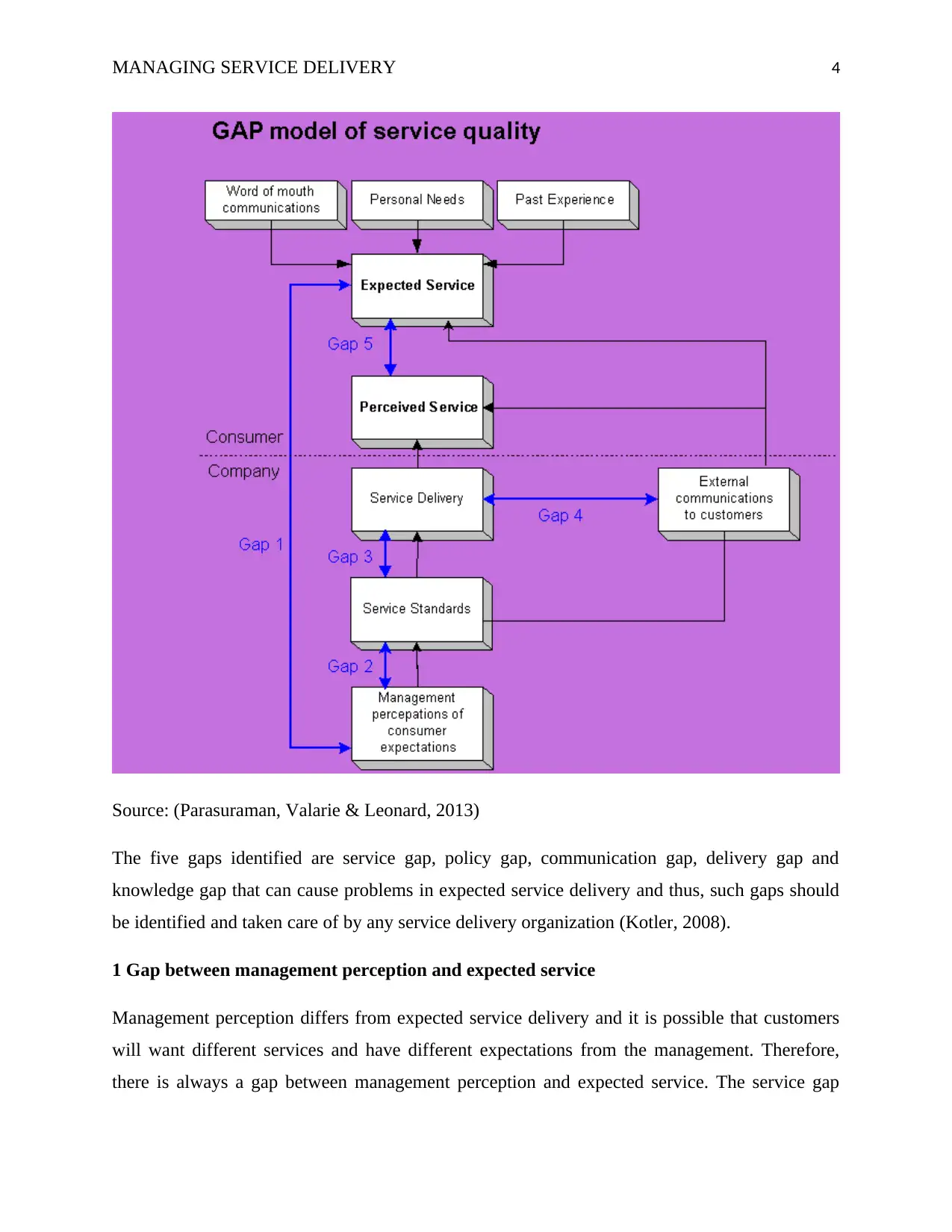
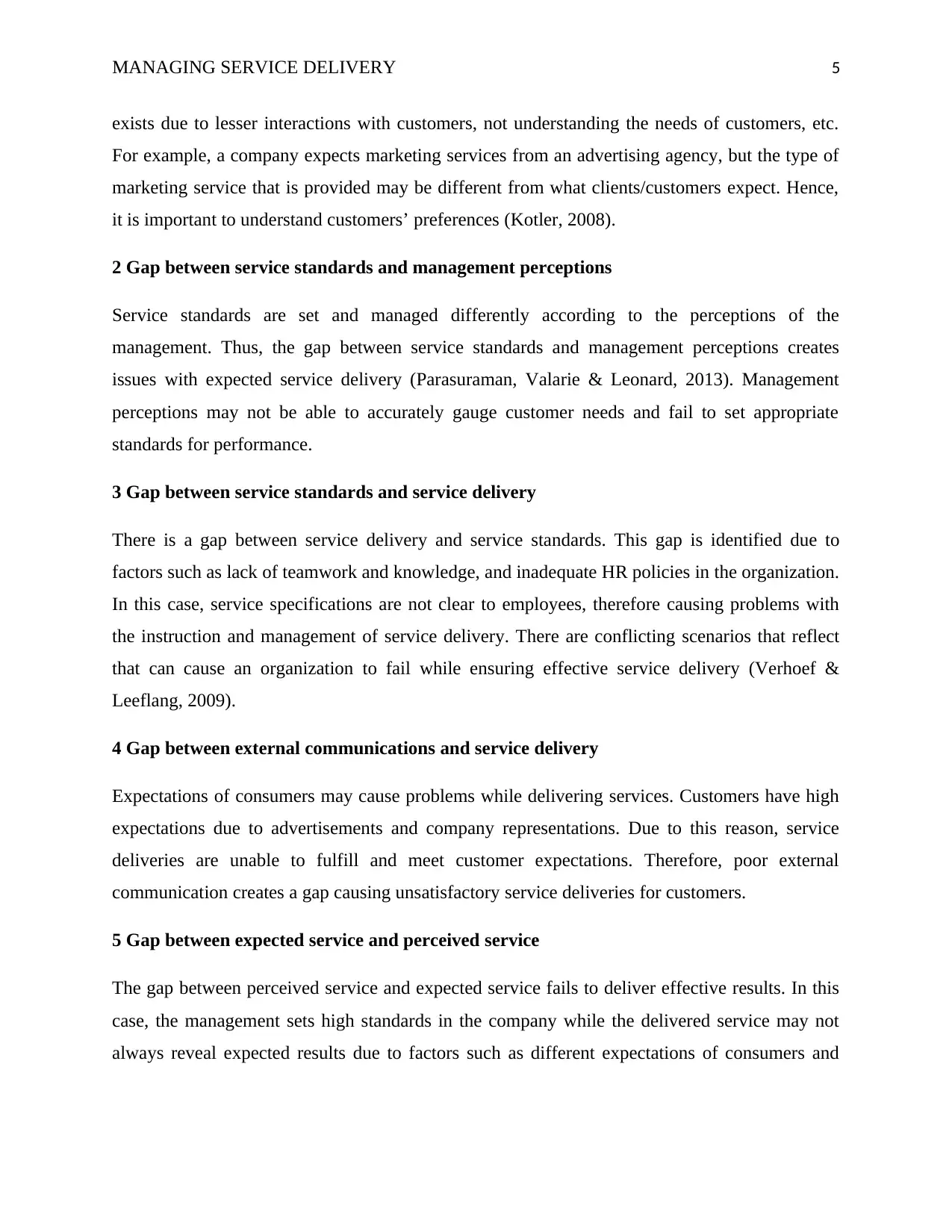
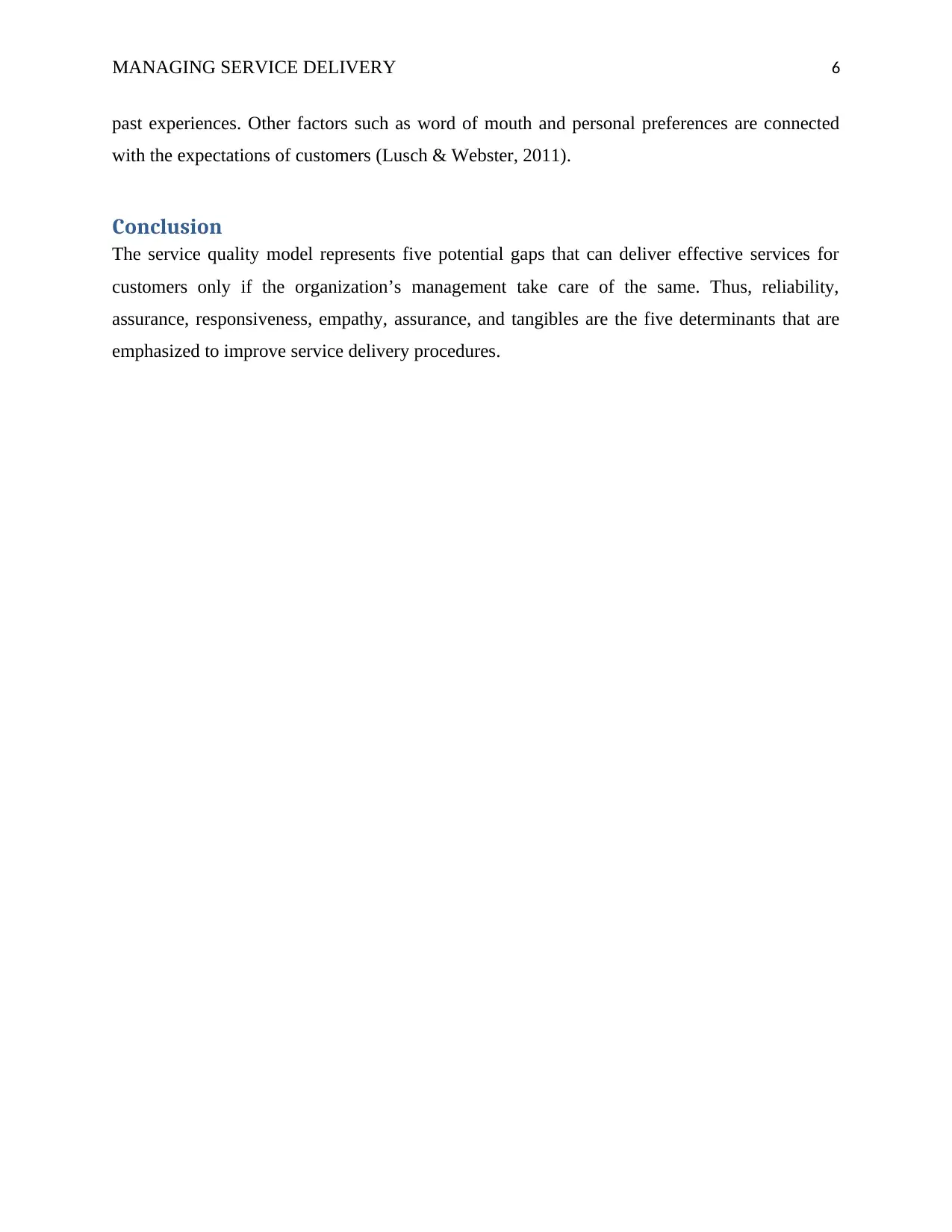
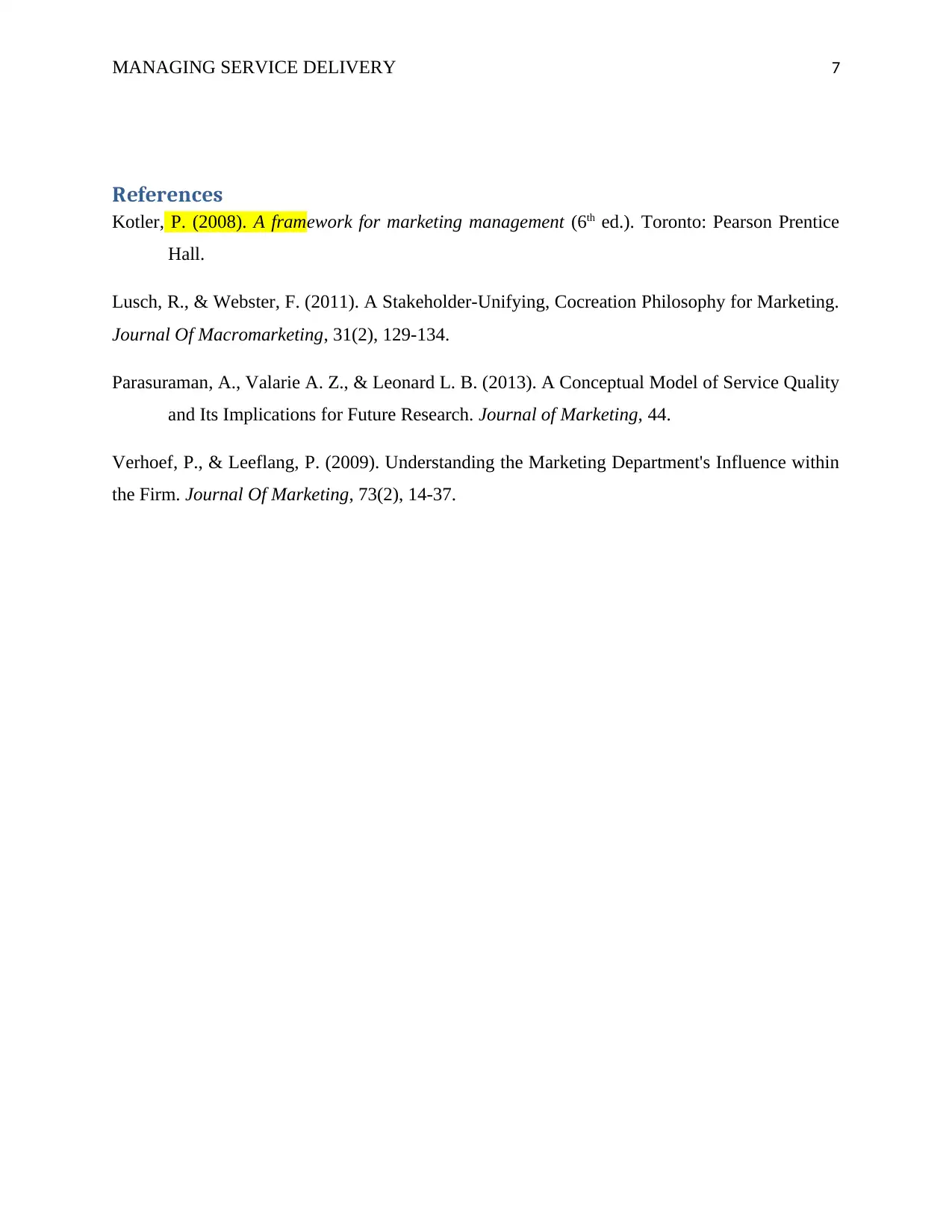






![[object Object]](/_next/static/media/star-bottom.7253800d.svg)